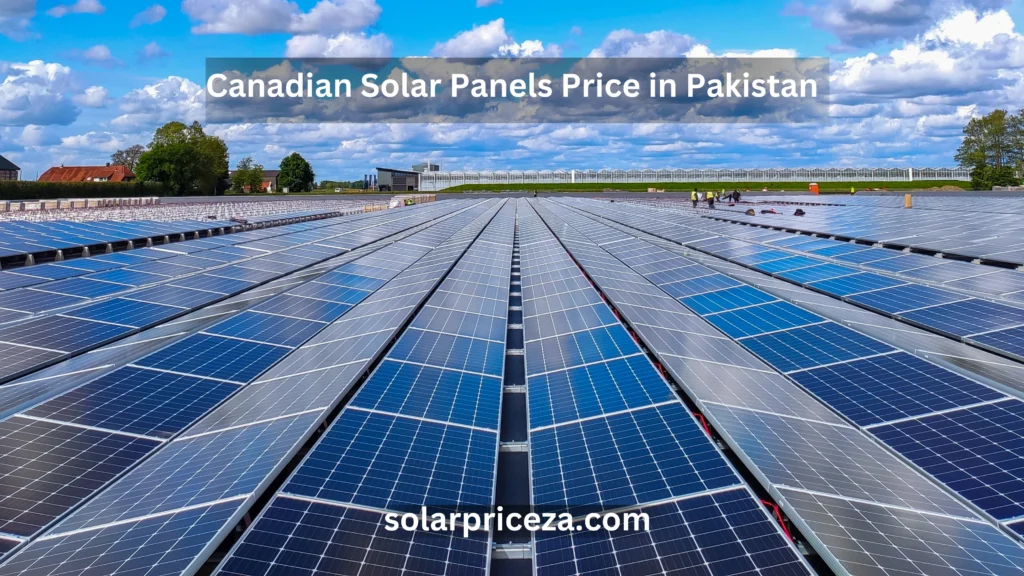Table of Contents
ToggleWar of Excellence: Find Which Solar Panel Stands for the Best
The Renewable Energy Test Center (RETC) released its 2024 PV Module Index report, evaluating the reliability, quality, and performance of solar panels. Solar modules are put through a variety of accelerated stress tests to evaluate these parameters. Through comparative test results, project stakeholders can select products best suited for a particular environment, location, or portfolio. To identify the best of the best, RETC reviewed and ranked the overall data distributions across three disciplines: quality, performance, and reliability. Find the overall top performers at the end of this report.

Reliability
Backsheet Ultraviolet Durability
Top performers: JA Solar, Longi Solar, SolarSpace
Backsheet ultraviolet durability (BUDT) incorporates a durability testing sequence to probe glass-on-backsheet PV module designs for vulnerabilities to UV exposure and prevent backsheet-related failures. This BUDT sequence starts with 1,000 hours of damp heat exposure to weaken polymeric bonds.
Highlighted top performers experience no back sheet cracking in the test.
| Top Performers | Damp heat Exposure |
| JA Solar, Longi Solar, and Solar Space | 1000 Hours |
Damp Heat Test
Top performers: Astronergy, ES Foundry, Longi Solar, Runergy, and Trina Solar
The RETC thresher test includes a damp heat test that exposes modules for 2,000 hours, double the amount required for product certification. The test evaluates a module’s ability to withstand prolonged exposure to humid, high-temperature environments. Taking place inside an environmental chamber, the test exposes modules to a controlled temperature of 85 C (185 F) and a relative humidity of 85% for a set amount of time.
RETC highlighted performers that experienced less than 2% degradation after this exposure.
| Damp Heat Test | Temperature | Degradation |
| 2000 Hours | 85C (185F), 85% | 2% |
Hail durability
Top performers: JA Solar, Longi Solar
RETC’s hail durability test takes UL and IEC standards testing a step further, exposing solar modules to higher kinetic impact to reflect the risk posed by hail over a 25 or 30-year operating life. In addition to ballistic impact testing, RETC runs thermal cycle and hot-spot tests to reveal potential long-term module degradation.
The top performers in this category withstood an effective kinetic energy of 20 Joules or more. These modules effectively demonstrated resistance to a 45 mm (1.8 in.) iceball traveling at a terminal velocity of 30.7 m/s (68.7 mph).
| Terminal Velocity | Demonstrated | Kinetic Energy |
| 30.7m/s (68.7mph | 45mm (1.8inch) | 20 Joules |
Potential induced degradation (PID)
Top performers: Astronergy, ES Foundry, GEP VN, Gstar, JA Solar, Longi Solar, Qcells, REC Solar, Runergy, SEG Solar, Silfab Solar, SolarSpace, Talesun, Trina Solar, VSUN Solar, and Yingli Solar
Potential induced degradation (PID) resistance tests rack-mounted modules in an environmental chamber, which controls temperature and humidity and exposes them to a voltage bias of several hundred volts with respect to the mounting structure for 192 hours (PID192 exposure). PID testing characterizes a module’s ability to withstand degradation due to voltage and current leakage resulting from ion mobility between the semiconductor and other elements in module packaging.
RETC required that PV module models withstand PID192 exposure with less than 2% degradation in maximum power. At the other end of the spectrum, it considered maximum power degradation greater than or equal to 5% a red-flag res
| Temperature and humidity exposes | Degradation |
| 192 hours (PID192 exposure) | 5% |
Static and dynamic mechanical load test
Top performers: Aptos Solar, Astronergy, ES Foundry, Gstar, JA Solar, Longi Solar, Runergy, Silfab Solar, SolarSpace, Trina Solar, and Yingli Solar
This test exposes modules to 1,000 cycles of +1,000 pascal and –1,000-pascal loads at a frequency of three to seven cycles per minute. Measurements were taken after this stress test rate electrical performance.
This year, RETC required that PV module models withstand SDML exposure with less than 2.5% degradation in maximum power. It considered maximum power degradation greater than or equal to 5% to be a red-flag result. In this testing category, it notes that 68% of samples qualified as high achievers whereas 7% returned red-flag results.
| Test exposes modules | Degradation |
| +1,000 pascal and –1,000-pascal | 2.5% less |
Thermal cycling
Top performers: Aptos Solar, Astronergy, ES Foundry, Gstar, JA Solar, Longi Solar, Qcells, Runergy, SolarSpace, Trina Solar, and Yingli Solar
The thermal cycle test calls for cycling modules in an environmental chamber between two temperature extremes—85 C (185 F) on the high end and –40 C (–40F) on the low end. The RETC test runs 600 cycles, three times as much as the 200 required for certification.
About 67% of modules in this test achieved high performer status of less than 2% power loss, while 9% of tested brands had power losses of 5% or more.
| Temperature Extremes | Power loss |
| 85C (185F) | 5% |
Ultraviolet induced degradation (UVID)
Top performers: Trina Solar and VSUN Solar
UVID tests characterize a PV module’s ability to withstand ultraviolet-induced degradation. This optional testing sequence exposes test samples to 220 kWh/m2 of UV exposure (UV220), nearly 15 times the UV exposure required for product certification.
Top performers withstand UV220 exposure with less than 2% degradation in maximum power. Red flag modules that degraded more than 5% represented 40% of brands tested.
“Alarmingly, we observed double-digit power loss in some mass-produced, commercially available PV modules, indicating that these products could degrade 10%–16% in the first three years of in-field operation,” said RETC.
| Test Sample | Degradation |
| 220kwh/m2 | 2% less |
Performance
Module efficiency
Top performers: Astronergy, Mission Solar, Qcells, REC Solar, and Silfab Solar
Module conversion efficiency is determined by dividing a product’s nameplate maximum power rating under standard test conditions by its total aperture area.
RETC has recognized manufacturers of PV module models with conversion efficiencies greater than 21% as test category high achievers. About 56% of tested modules were listed as high performers.
Incidence angle modifier
Top performers: Dehui Solar, ES Foundry, JA Solar, Jinko Solar, Longi Solar, Meyer Burger, Qcells, Runergy, Silfab Solar, and SolarSpace
Incidence angle modifier (IAM) is a performance characteristic that accounts for changes in PV module output based on changing sun angles relative to the plane of the array. To characterize IAM, RETC conducts electrical characterization tests at different incidence angles, ranging from 0° to 90°.
Manufacturers of PV module models with an IAM greater than 88% at a 70° angle of incidence were listed as test category high achievers.
LeTID resistance
Top performers: Astronergy, Gstar, JinkoSolar, Longi Solar, Runergy, SEG Solar, Silfab Solar, SolarSpace, Talesun, Trina Solar, VSUN Solar, Waaree, Yingli Solar
Relatively new cell technologies may experience long-term degradation associated with light exposure and elevated temperatures. This phenomenon, called light- and elevated temperature-induced degradation (LeTID), is tested with a protocol of light soaking, followed by 75 C (167 F) temperature exposure for two 162-hour cycles to identify significant degradation (>5%). Subsequently, test samples are subject to 500 hours of 75 C temperature exposure followed by two additional 162-hour cycles.
Highlighted top performers demonstrated products that had less than 0.5% power loss after 486 hours of exposure.
LID resistance
Top performers: Astronergy, GEP VN, Gstar, JA Solar, JinkoSolar, Longi Solar, Meyer Burger, Qcells, Runergy, SEG Solar, Silfab Solar, SolarSpace, Talesun, Trina Solar, VSUN Solar, Waaree, and Yingli Solar
Light-induced degradation (LID), or power losses from sunlight exposure, affects some PV cell types but not others. PV modules exposed to LID losses rapidly lose performance over the first few hours or days of operation before stabilizing. RETC notes LID resistance is highly correlated with cell type.
RETC required that PV module models withstand the LID sequence with less than or equal to 0.5% degradation in maximum power.
Module efficiency
Top performers: Auxin Solar, JA Solar, Longi Solar, Meyer Burger, Mission Solar, Qcells, REC Solar, Silfab Solar, Trina Solar, Yingli Solar
Module efficiency, or the percentage of incident solar energy converted to electrical energy, is a well-known and key metric for solar performance. It is highly correlated with cell technology and module design.
The top 14 highest-scoring modules scored efficiencies of 20% or more. An n-type TOPCon cell scored the highest at 25.8% efficiency. Followed by a monocrystalline silicon module with heterojunction technology, recording a 22.4% efficiency.








